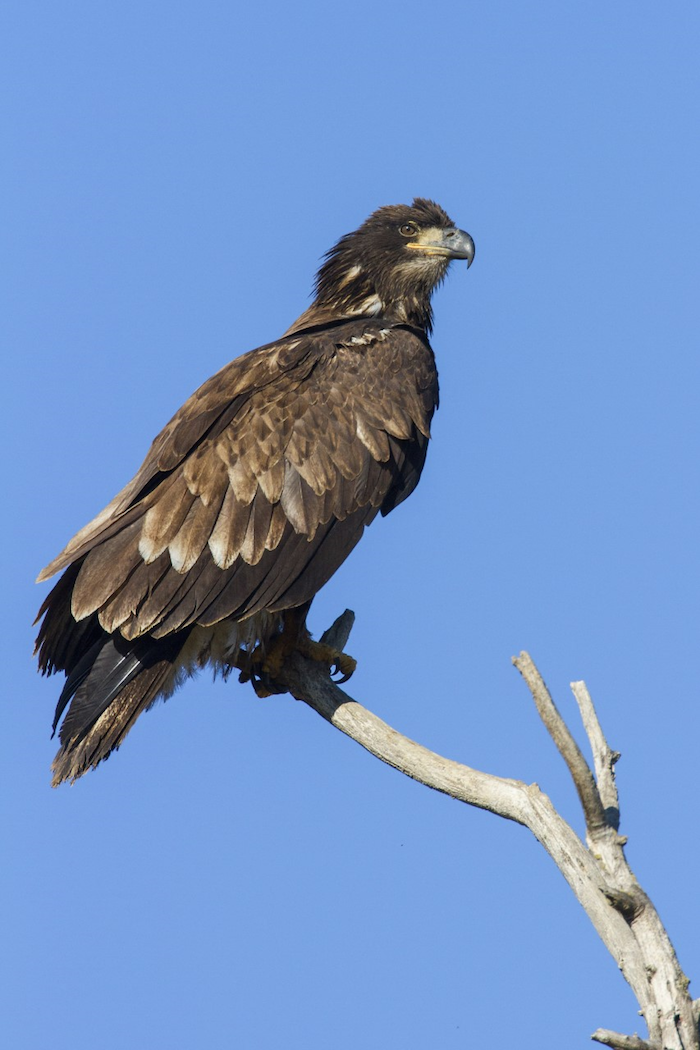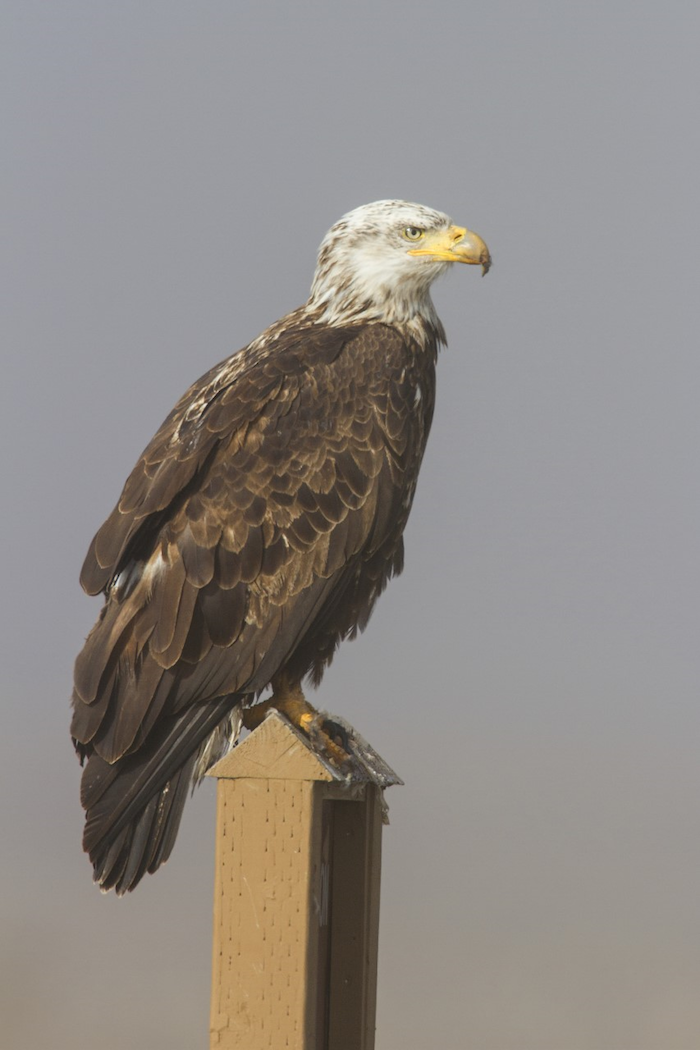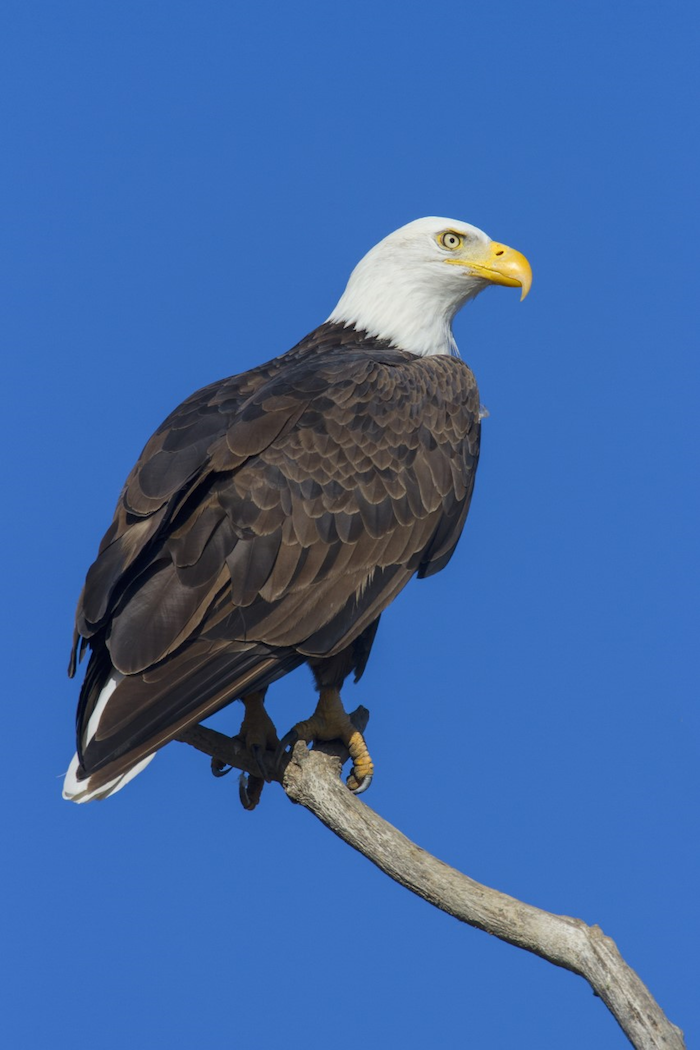
What’s up with our backyard birds? Where are they?
You may have seen them over the last months busily carrying load after load of insects to feed their ravenous nestlings, then being raucously pursued by fledglings demanding yet more food – sometimes with two or even three batches of babies through the season. All this effort has taken a toll on the adult birds’ feathers and now, despite the daily care they have taken preening and cleaning them, the feathers are worn out. The birds are lying low during their molt – the annual or twice yearly loss and regrowth of feathers done by most songbirds. But don’t expect to catch a glimpse of bald birds – each worn feather becomes loosened in its socket and is pushed out by the growth of a new feather.
The process takes from 5 to 12 weeks for songbirds, after which some will appear in winter plumage quite different from the bold patterns some males sport in summer. For example, American Goldfinch males are bright canary yellow with bold black accents during the breeding season, but become a quieter butterscotch color, much like females and juveniles, in their winter garb. Similarly, you may see a male Western Tanager that has lost his gaudy orange head feathers and exchanged them to the muted gray of a female before starting the long, dangerous migration to Costa Rica for the winter.

Other groups of birds go about the molt differently. Ducks, geese and some other water birds go through a rapid “synchronous molt”. They change their feathers quickly in a period as short as two weeks which renders them flightless for that period. This seems like a risky business – but researchers have deduced that since these birds are heavy relative to their wing surfaces, losing a few feathers at a time would seriously hamper flying ability, so they get it over with as quickly as possible and minimize the length of time that they are especially vulnerable to predators.
Raptors (eagles, hawks, falcons and their kin) “make their living” on the wing and can’t afford to suffer periods of impaired flying abilities. These birds may take as long as two years to complete a molt. The loss of flight feathers must be symmetrical or flying would be skewed. A woman who raised an owl that could not be released into the wild observed this in action. She reported that her feathered friend pulled a loose wing feather out and gave it to her, then immediately removed the corresponding feather from the other wing.

To give young Turkey Vultures a good start, they don’t molt their flight feathers until they are two years old. The vultures soaring over minus a couple feathers are almost certainly adults.
In most birds, tail feather replacement is from the center of the tail toward the outer edge. Woodpeckers reverse this for a very good reason. Watch closely the next time you see one ratcheting up a tree and you will see that it braces itself firmly using its stiff tail feathers. The key for this is an inner pair of long feathers. Those are retained until the outer tail feathers have been replaced with fresh, strong vanes, keeping the woodpecker able to fully function searching for insects in the bark.
You may find a single feather in your yard – evidence that one of “your” birds has cast it off for a brand new set of feathers to get it through the winter or prepare it to head off to winter habitat in Mexico, Central America or South America. Enjoy the memento!
